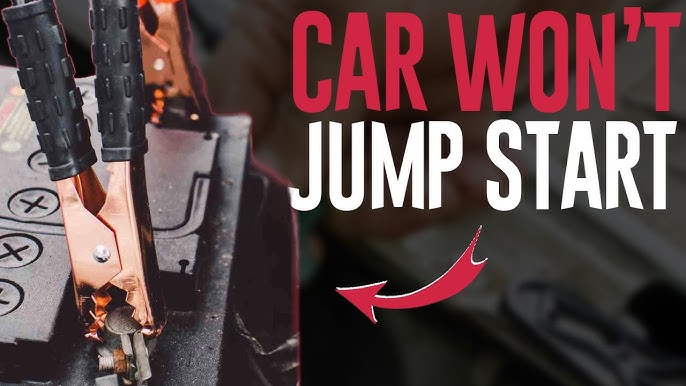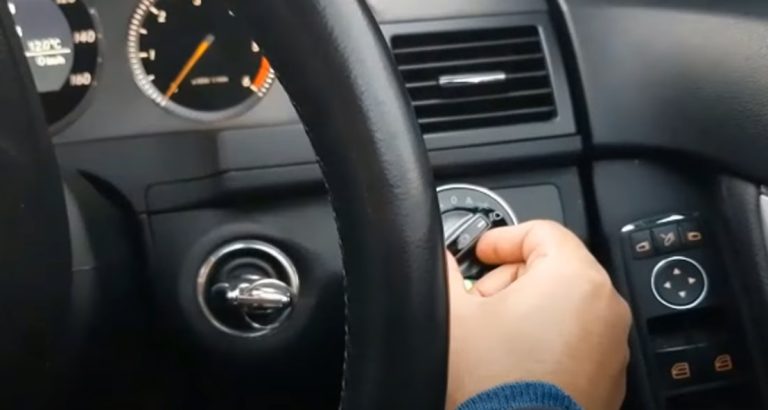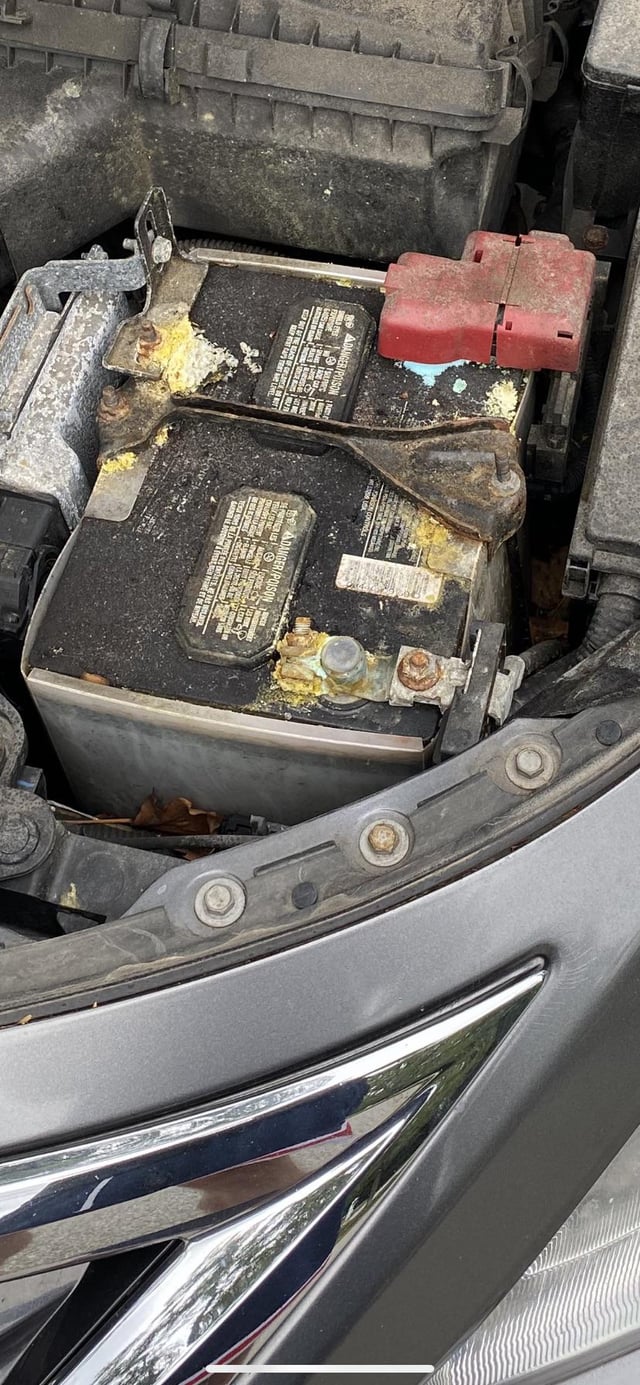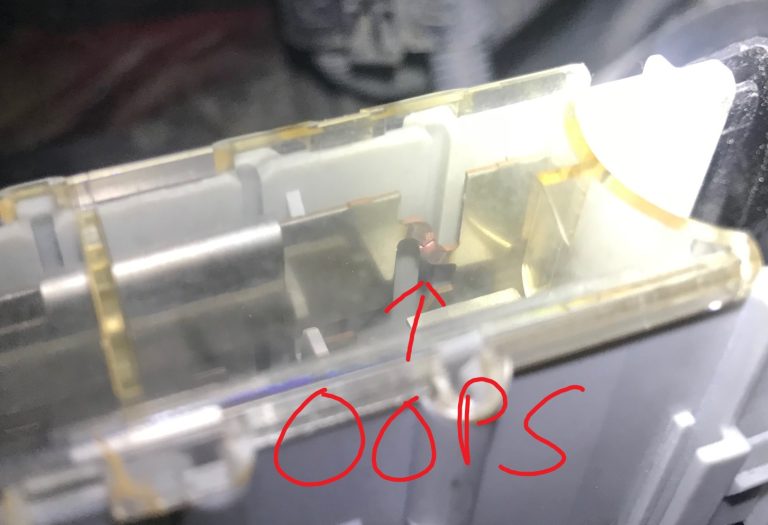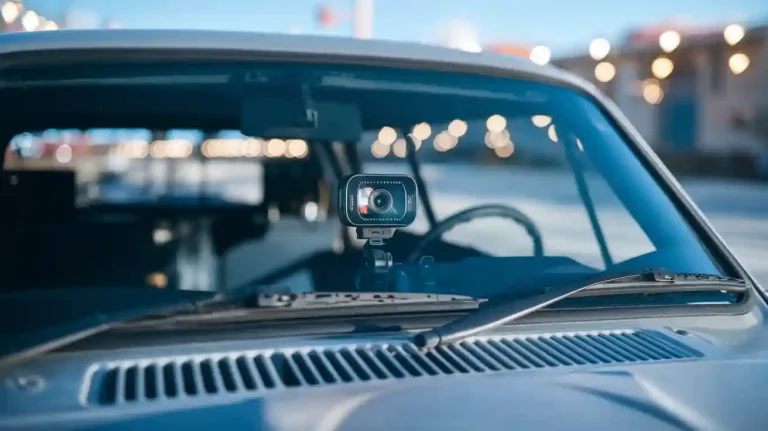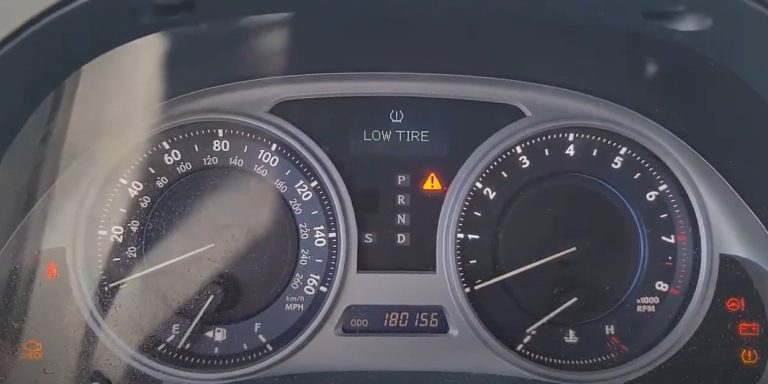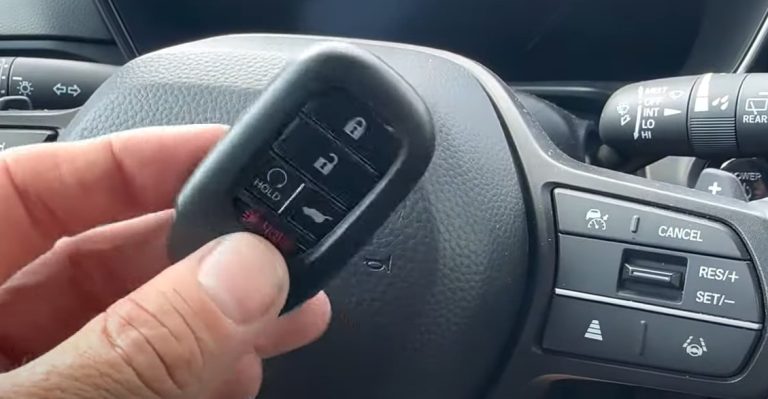Car Won’t Start After Jump: Troubleshooting Tips
If your car won’t start after a jump, the issue could be a dead battery, loose or corroded terminals, a faulty alternator, or a bad starter. Double-check connections and try again. If it still fails, the battery may need replacing, or professional inspection is recommended.
Frustrating, right? We’ve all been there. This common issue can leave you feeling stranded and stressed. But don’t worry; you’re not alone, and there are solutions. By understanding why your car won’t start after a jump, you can save time and avoid further mishaps.
We’ll guide you through the potential causes and show you how to tackle them, so you can get back on the road without a hitch. Ready to solve this mystery and regain control of your day? Let’s dive in!
Car Won’t Start After Jump
Common Reasons For Jump Start Failure
Experiencing a jump start failure is frustrating. It’s a common problem faced by many drivers. Understanding the causes can help you prevent future issues. Below are some reasons why a car might not start after a jump.
A dead battery is often the culprit. The battery might be too old or damaged. Corrosion on the terminals can block the power flow. Check if the battery is securely connected. Weak batteries might not hold a charge. Ensure the battery is in good condition.
Read more: Jeep Wrangler Won’t Start But Has Power: Troubleshoot Now
Faulty Jumper Cables
Jumper cables are crucial for a successful jump start. If they are damaged, they won’t work properly. Check for frayed wires or broken clamps. Good cables should transfer power efficiently. Using poor cables might lead to failure.
Bad Connection
Proper connections are vital. Loose clamps can prevent power transfer. Ensure the cables are tightly attached to the battery terminals. Verify the metal contacts are clean and secure. A bad connection can halt the jump start process.
Starter Problems
The starter might be at fault if the car doesn’t start. It plays a key role in the ignition process. If the starter is malfunctioning, the car won’t crank. Listen for clicking sounds, which indicate starter issues.
Alternator Malfunction
The alternator charges the battery while driving. If it’s faulty, the battery won’t recharge. A weak alternator can cause a jump start failure. Check for signs like dim lights or electrical issues. A good alternator should keep the battery charged.
Engine Failure
Sometimes, the problem is more serious. Engine issues can prevent a car from starting. If you hear unusual noises, it might be the engine. Regular maintenance can prevent engine failures. Ensure the engine is in good condition to avoid jump start problems.

Credit: www.youtube.com
Battery Issues
Car won’t start after a jump? Battery issues might be the culprit. Check connections; they could be loose or corroded. Alternator problems might drain your battery, preventing a successful jump start.
A car won’t start after a jump can be frustrating. Often, the culprit is a battery issue. Understanding why your battery might be at fault can save you time and money. It’s not just about having a dead battery; there are several other factors at play.
Battery Connections
Your battery’s connections might be loose or corroded. Check the terminals for white or greenish build-up. Cleaning them can sometimes restore the connection.
Use a wire brush to scrub away corrosion. Ensure the clamps are tight after cleaning. A secure connection is crucial for a reliable start.
Old Battery
Batteries have a lifespan. If yours is over three years old, it might not hold a charge well. Consider how long your battery has been in use.
Replace old batteries to prevent recurring issues. An investment in a new battery can save future headaches.
Parasitic Drain
Is something draining your battery overnight? Check for lights left on or faulty electrical components. Even small drains can deplete a battery over time.
Identify and fix any sources of drain. It could be a simple fix like turning off a forgotten dome light.
Alternator Problems
Your alternator charges the battery while you drive. If it’s not working, your battery won’t stay charged. Listen for unusual noises from the alternator area.
Test the alternator with a multimeter. If it’s faulty, replace it to ensure your battery charges properly.
Temperature Effects
Extreme temperatures can affect battery performance. Cold weather, in particular, can reduce a battery’s ability to hold a charge. Consider how often your car is exposed to extreme weather.
Use a battery warmer in cold climates. In hot areas, ensure your battery is properly ventilated.
Have you ever checked your battery after a jump start? Understanding these battery issues can make a huge difference. Next time your car won’t start, think about these factors. Addressing them can keep you on the road with confidence.
Electrical System Checks
Experiencing trouble starting your car after a jump might indicate electrical system issues. Faulty alternator or battery connections often cause this problem. Regular checks can prevent unexpected car failures and ensure reliable performance.
When your car refuses to start even after a jump, it’s easy to feel like you’re stuck in a frustrating loop. One moment you’re hopeful, expecting the engine to roar back to life, and the next, silence. Understanding your vehicle’s electrical system could be the key to solving this mystery. Let’s explore the essential checks you should perform to get your car back on the road.
Check The Battery Connections
Loose or corroded battery connections can be a hidden culprit. Make sure the battery terminals are tight and free from any corrosion. A simple cleaning with a wire brush can sometimes bring your battery back to life.
Inspect The Alternator
The alternator charges your battery while the engine runs. If your battery dies shortly after a jump start, the alternator might not be doing its job. Check for any unusual noises or dashboard warning lights that could indicate alternator issues.
Examine The Starter
A failing starter might prevent your car from cranking. Listen for a clicking sound when you turn the ignition. If you hear this, the starter might be the issue, needing attention or replacement.
Assess The Fuses And Relays
A blown fuse or faulty relay can disrupt your car’s electrical flow. Inspect the fuse box, usually located under the dashboard or hood. Replacing a damaged fuse is a quick and affordable fix.
Review The Ignition Switch
The ignition switch powers the electrical system when you turn the key. If it’s worn out, your car might not start. Notice if the dashboard lights flicker when you try to start the car. This can hint at a faulty ignition switch.
Check For Parasitic Drain
Sometimes, a device or light left on can drain your battery. After turning off the car, ensure all lights and electronics are off. A mechanic can perform a parasitic drain test if you suspect this is an issue.
Consider The Cables And Wiring
Worn out or damaged cables can cause electrical failures. Inspect the battery cables and other wiring for visible damage or wear. Replacing damaged cables can prevent further electrical problems.
Have you ever found yourself stranded with a car that won’t start despite a jump? Share your experiences and what solutions worked for you. Your insights might just help a fellow driver in need!

Credit: harristirecompany.com
Read more: Key Will Not Come Out of Ignition: Solve the Problem Fast
Starter And Alternator Problems
Experiencing trouble starting your car after a jump can be frustrating. Often, this is related to issues with the starter or alternator. These components are crucial for your vehicle’s electrical system. Understanding their role helps pinpoint the problem and find solutions.
Starter Problems
The starter is a small motor connected to the battery. It initiates the engine’s operation. If the starter fails, the engine won’t turn on. Common signs include a clicking noise when you turn the key. This indicates a malfunctioning starter. Sometimes, the starter motor doesn’t get enough power. This can be due to corroded wires or loose connections. Checking these could solve the problem.
Alternator Problems
The alternator charges the battery while the engine runs. It keeps the electrical system working. If the alternator is faulty, the battery may drain quickly. Signs of a failing alternator include dim lights or electrical issues. The alternator belt might be worn out or broken. Inspecting it can prevent further damage. Regular maintenance can extend the alternator’s lifespan. A mechanic can help diagnose these issues.
Fuel System Concerns
Jumping a car can sometimes lead to fuel system issues. The car might not start if there’s a clogged fuel filter or faulty fuel pump. Checking these components can help identify the problem and get your car running smoothly again.
When your car refuses to start after a jump, the issue might be more than just a dead battery. Often, the fuel system is overlooked. Fuel system concerns can prevent your car from roaring back to life. Understanding these issues can save you time and frustration. Let’s dive into some common fuel system problems and how you can address them.
Clogged Fuel Filter
A clogged fuel filter can be a silent troublemaker. It restricts the fuel flow to your engine. Without enough fuel, your car won’t start. Regular maintenance is key here. Check your vehicle’s manual to see how often you should replace the fuel filter. It’s a simple fix that can prevent a lot of headaches.
Empty Fuel Tank
It sounds obvious, but it’s easy to overlook. An empty fuel tank is a common reason cars won’t start post-jump. You might be so focused on the battery that you forget to check the fuel gauge. Always ensure there’s enough fuel in the tank. It’s an easy mistake, but one that’s easily fixed by a quick stop at the gas station.
Faulty Fuel Pump
A faulty fuel pump can be tricky. It may give subtle hints before failing completely. Listen for a whining noise from your fuel tank. If the pump is broken, the engine won’t get the fuel it needs. Consider getting it checked if you suspect an issue. Replacing a fuel pump can be costly, but it’s crucial for your car’s health.
Contaminated Fuel
Bad fuel can cause big problems. If water or debris is mixed with your fuel, your car may struggle to start. Contaminated fuel can damage your engine over time. Always buy fuel from reputable stations. If you suspect bad fuel, a mechanic can drain and clean your tank. It’s a proactive step to ensure smooth starts in the future.
Have you experienced any of these fuel system issues? Addressing them promptly can mean the difference between a smooth start and being stranded. Keep your fuel system in check to avoid unnecessary stress.
Credit: donajoye.medium.com
Frequently Asked Questions
Why Would A Car Not Start After Being Jumped?
A car might not start after a jump due to a faulty battery, alternator issues, or corroded connections. Ensure cables are properly connected and check for damaged components. If problems persist, consult a professional mechanic.
Can A Battery Be So Dead It Won’t Jump Start?
Yes, a battery can be too dead to jump start. Severe discharge or damage may prevent it from holding a charge. Ensure connections are secure and try charging with a battery charger. If it still fails, consider replacing the battery.
Regular maintenance helps prevent battery issues.
Will A Car Start With A Jump If The Alternator Is Bad?
Yes, a car can start with a jump if the alternator is bad. The battery provides initial power. Once started, the car may not stay running long without a working alternator to charge the battery. It’s crucial to fix the alternator to prevent further battery issues.
How Do You Tell If My Car Battery Is Bad Or My Alternator Is Bad?
Test the battery with a voltmeter; below 12. 4 volts indicates a bad battery. Check alternator by starting the car; dimming lights or dead battery may suggest alternator issues. Visit a mechanic for precise diagnosis.
Why Won’t My Car Start After A Jump?
Several reasons. Check the battery connections. Inspect the alternator. Battery may be dead or faulty. Seek expert advice.
Conclusion
A car won’t start after a jump can be frustrating. Understanding possible issues helps solve the problem faster. Check your battery and connections first. They often cause starting issues. Also, inspect the alternator and starter. These parts can fail unexpectedly.
Don’t forget the importance of regular maintenance. It keeps your car running smoothly. If problems persist, consult a professional mechanic. They have the tools and knowledge to help. Remember, patience and careful inspection go a long way. Keep calm and methodically address each potential issue.
Soon, your car will be back on the road. Safe travels!

